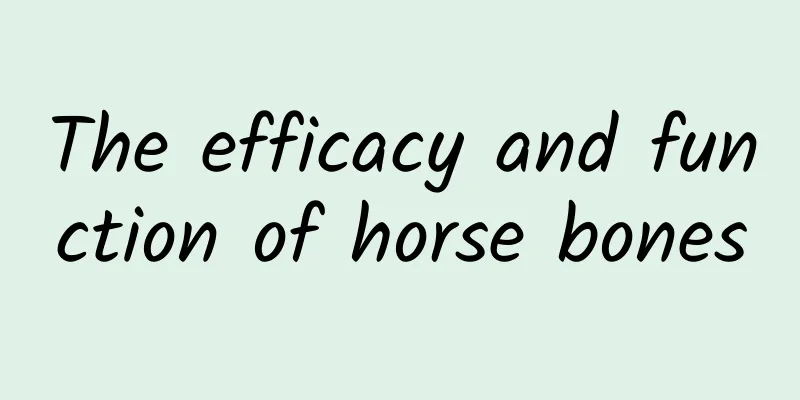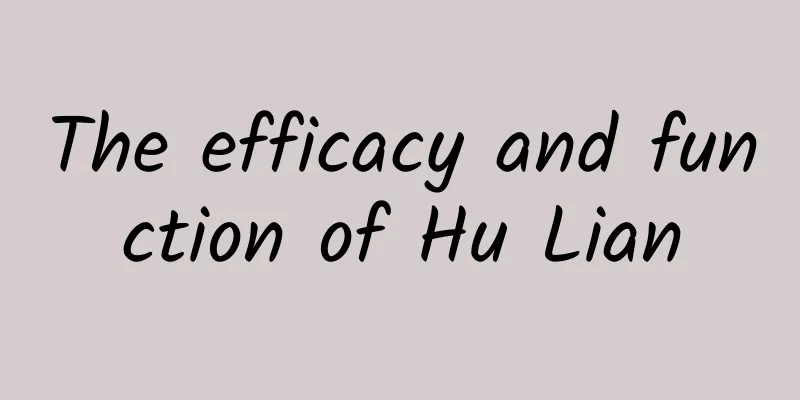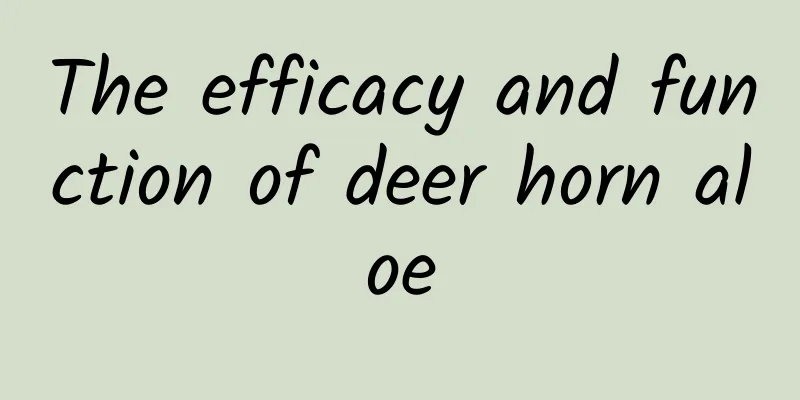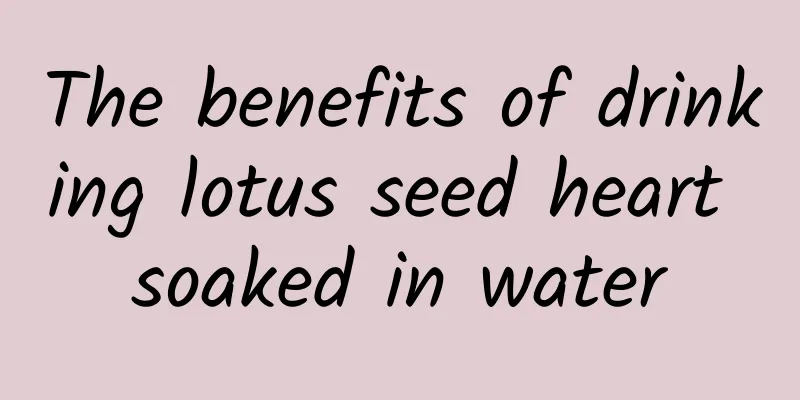The efficacy and function of Longlaogen [picture]
![The efficacy and function of Longlaogen [picture]](/upload/images/67ca3fb967865.webp)
|
Traditional Chinese medicine is very helpful in treating certain diseases, so you can feel free to choose herbs. Longlaogen [picture] is a medicinal material that is familiar to us. Do you know its effects and functions? Let's take a look. [Source] Medicinal material source: The root of the Lamiaceae plant Herba Lycopodii . [Original form] Uterus herb, perennial herb. The rhizome is slender and knobby at the end; the stem is single, slender, 15-25cm high, with four grooves, densely covered with fine pubescence. The leaves are usually 4-6 in a dense rosette, broadly ovate or diamond-shaped ovate, 3-6cm long, 2-3.5cm wide, obtuse at the apex, broadly cuneate at the base, extending downward into a pseudopetiole with broad wings, with crenate edges above the base, densely covered with grayish white or brown strigose hairs on both sides, and densely covered with brown glandular dots on the underside. There is only one pair of leaves on the stem, which are small and ovate-lanceolate. The inflorescence is 3-5 flowers, sparse, arranged in a narrow panicle, with pedicels, peduncles and rachis densely covered with glandular short soft hairs; bracts are small, purple-red to light purple-blue, narrowly ovate or lanceolate, and bracteoles are linear; calyx is broadly campanulate, about 2mm long and 3mm wide, densely covered with glandular fine soft hairs and brown glandular dots on the outside, and is 3/2-shaped two-lipped, with the upper lip shorter and 3 teeth, and the lower lip longer and larger with 2 teeth, all of which are ovate-triangular, with a corpus callosum at the apex, and the calyx enlarges when fruiting; corolla is purple-blue, downward-inclined, up to 8mm long, covered with small sparse soft hairs on the outside, with scattered brown glandular dots, the corolla tube is about 4mm long, shallowly sac-shaped above the base, slightly contracted to the throat, and the corolla is two-lipped and reflexed; stamens are 4, didyna, and the outer pair of filaments has a wide outer side with sparse soft hairs; style is filiform, with 2 shallow lobes at the apex; disk is cup-shaped, slightly raised in front. The nutlets are spherical, about 1mm in diameter, light yellow and smooth. The flowering period is July-August, and the fruiting period is September-October. [Habitat distribution] Ecological environment: Grown under pine forests or on grass slopes at the edge of forests. [Chemical composition] The whole plant contains diterpene quinone components: 16-acetoxy-7-O-acetylhorminone and 16-acetoxy-7α-methoxyroyleanone. 【Functions and indications】Regulating menstruation. Main menstrual irregularity [Usage and Dosage] For oral use: decoction, 6-15g. 【Excerpt】 Chinese Materia Medica Longlaogen [picture] is widely used in traditional Chinese medicine and can be used to treat a variety of diseases. We should consume it after fully understanding its efficacy and functions. I hope everyone doesn’t eat carelessly. |
<<: The efficacy and function of Gentiana gentiana[picture]
>>: The efficacy and function of Ipomoea aquatica[picture]
Recommend
In order to escape from being alone, the male red-back spider chooses to commit suicide
Once upon a time, there was a German who went on ...
What are the effects and functions of the traditional Chinese medicine Xiebai?
Many people may not be particularly familiar with...
The efficacy and function of Thousand Layer Tower
Traditional Chinese medicine is very helpful in t...
Why do some people get diarrhea after drinking milk? It turns out that this is the "trouble"
Many people have had this experience: bloating or...
What are the storage methods of Cynomorium songaricum
Everyone knows how to preserve this Cynomorium? C...
What are the effects of desert ginseng and Cistanche deserticola
Desert ginseng is actually Cistanche deserticola,...
A new way to boost the COVID-19 vaccine is here: a chart to help you understand sequential boosting
Recently, the National Health Commission has begu...
The United Nations also celebrates the Spring Festival! The General Assembly resolution designates the Spring Festival as a United Nations holiday
On the 22nd local time, the 78th United Nations G...
How to take Lingzhi powder and drink it with water
Ganoderma powder is not only a medicine, but also...
Not only does white porridge not nourish the stomach, but drinking it for a long time can actually damage the stomach!
Recently, Dr. Zhang Wenhong, who is on par with Z...
Famous Ships in Chinese History (VIII)
Today I would like to introduce to you the first ...
The efficacy and function of water redwood root
As a traditional Chinese medicine, the root of wa...
What are the effects and precautions of the Chinese patent medicine Jiaogulan
Many friends with high blood pressure usually nee...
Who is not suitable for?
Dendrobium is a common Chinese medicine in tradit...









